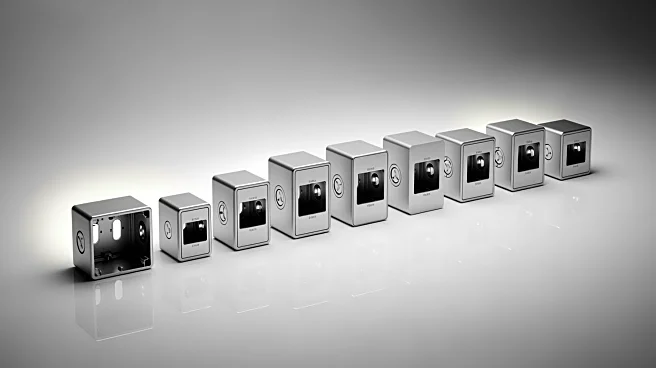What's Happening?
Regenerative design is being defined as a practical approach that reconnects humans and nature through the continuous renewal of evolving socio-ecological systems. This concept involves various terms such
as biophilia, biomimicry, carbon balancing, and design for deconstruction. Regenerative design aims to create buildings and systems that have net-zero or net-positive resource impacts, supporting health and well-being while connecting occupants to nature and community. This approach is gaining traction in the architecture, engineering, and construction industry as a means to achieve measurable outcomes and move towards a regenerative future.
Why It's Important?
The significance of regenerative design lies in its potential to transform the built environment by prioritizing sustainability and ecological renewal. By focusing on creating net-positive impacts, businesses and communities can enhance their resilience and contribute positively to societal and environmental well-being. This approach can lead to increased consumer trust and loyalty, as brands are perceived as genuine contributors to societal progress. Companies that successfully implement regenerative design may gain a competitive edge by aligning their operations with the growing consumer demand for ethical and sustainable practices.











